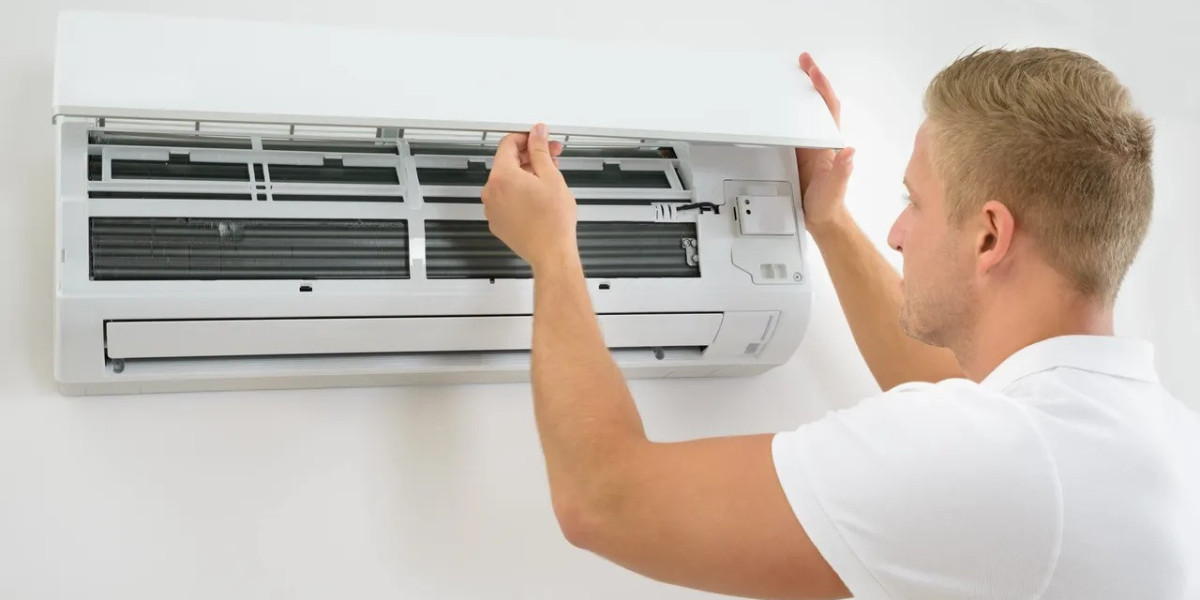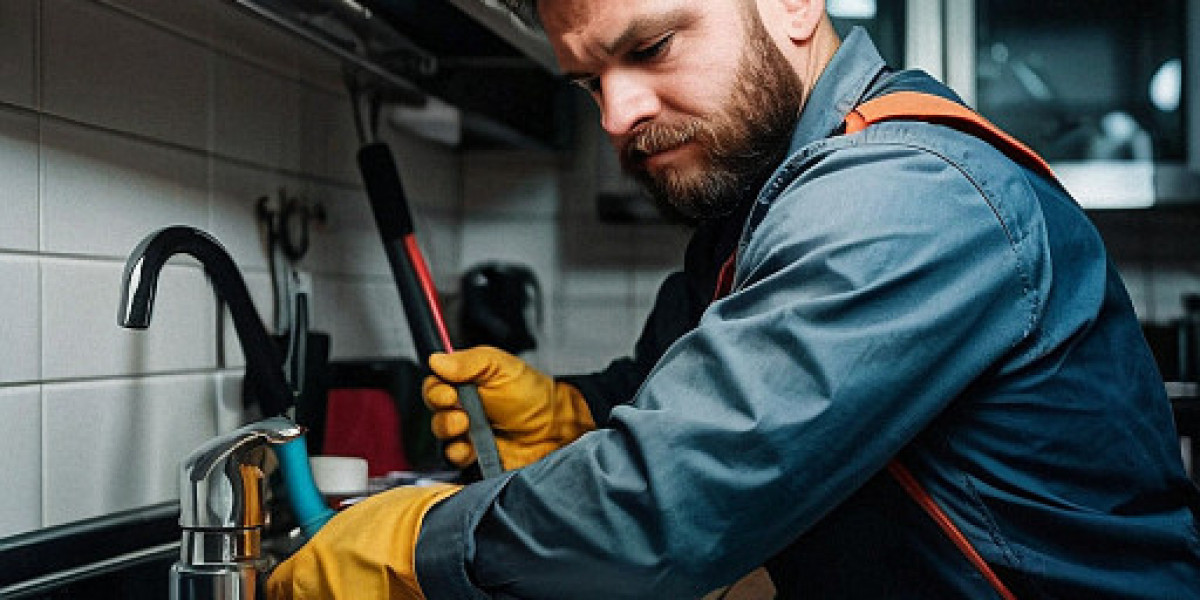1. Choose the Right Makeup Remover:
- Micellar Water: A gentle option that effectively removes makeup without harsh chemicals.
- Oil-Based Cleansers: Effective in breaking down waterproof makeup and impurities.
- Cleansing Balms: Solid at room temperature but melt into an oil on contact with the skin, ideal for removing heavy makeup.
2. Wash Your Hands:
- Importance: Clean hands prevent the transfer of dirt and bacteria to the face.
3. Secure Loose Hair:
- Importance: Prevent hair from getting in the way during the makeup removal process.
4. Remove Contact Lenses:
- Importance: Avoid contact lens solution interference with makeup removers.
5. Begin with Eye Makeup:
- Technique:
- Apply Makeup Remover: Soak a cotton pad with makeup remover.
- Hold Pad on Closed Eye: Gently press the soaked cotton pad against closed eyes to dissolve eye makeup.
- Wipe Away: Gently wipe away makeup without rubbing or tugging.
6. Lip Makeup Removal:
- Technique:
- Soak a Cotton Pad: Apply makeup remover to a cotton pad.
- Press and Wipe: Press the pad against your lips and wipe away lipstick or lip stain.
7. Cleanse the Face:
- Technique:
- Apply Cleanser: Use a gentle, hydrating cleanser.
- Massage In: Gently massage the cleanser into the skin using circular motions.
- Rinse: Thoroughly rinse your face with lukewarm water.
8. Use a Soft Towel:
- Material: Pat your face dry with a soft, clean towel.
- Technique: Avoid rubbing, as this can cause irritation.
9. Double-Cleansing (Optional):
- Purpose: If you wear heavy or long-wearing makeup, a second cleanse ensures all residue is removed.
- Technique: Repeat the cleansing process with the same or a different cleanser.
10. Hydrate Your Skin:
- Importance: Maintain skin hydration after makeup removal.
- Product: Apply a lightweight, hydrating moisturizer suitable for your skin type.
11. Avoid Harsh Scrubbing:
- Importance: Harsh scrubbing can damage the skin barrier.
- Technique: Be gentle and patient, especially around sensitive areas like the eyes.
12. Choose Products Based on Skin Type:
- Sensitive Skin: Opt for fragrance-free and hypoallergenic products.
- Acne-Prone Skin: Choose oil-free and non-comedogenic options.
13. Be Mindful of Waterproof Makeup:
- Technique: Waterproof makeup may require a bit more time and a specialized remover.
14. Consider Micellar Water for Quick Fixes:
- Usage: Ideal for quick makeup fixes or for individuals on the go.
15. Perform a Patch Test:
- Importance: Ensure the makeup remover doesn’t cause an adverse reaction.
- Technique: Apply a small amount to a small area and observe for any signs of irritation.
16. Replace Expired Products:
- Importance: Expired products may lose efficacy and could potentially cause skin irritation.
- Guideline: Follow the recommended shelf life of the makeup remover.
17. Consult a Dermatologist:
- Recommendation: If you have specific skin concerns or conditions, seek professional advice.
1. Selecting an Appropriate Makeup Remover:
- Technical Considerations:
- Micellar Water: Composed of micelles (tiny oil molecules) suspended in water. Micelles attract and encapsulate makeup particles, lifting them off the skin.
- Oil-Based Cleansers: Leverage the principle that like dissolves like, breaking down the oils in makeup and impurities.
- Cleansing Balms: Formulated with solid oils that transform into a liquid upon contact with the skin, effectively dissolving makeup.
2. Maintain Hygienic Practices:
- Technical Considerations:
- Clean Hands: Thoroughly washing hands minimizes the risk of transferring bacteria and impurities to the face during the makeup removal process.
3. Preparation Steps:
- Technical Considerations:
- Secure Loose Hair: Tying back hair prevents interference during the makeup removal process.
- Remove Contact Lenses: Eliminating contact lenses minimizes the risk of contact lens solution interference with makeup removers.
4. Eye Makeup Removal:
- Technical Technique:
- Cotton Pad Soaked in Makeup Remover: The cotton pad acts as a carrier for the makeup remover, efficiently transferring the product to the skin.
- Gentle Pressure on Closed Eyes: Applying slight pressure with the soaked cotton pad allows the makeup remover to dissolve eye makeup without friction.
- Wiping Motion: A gentle wiping motion helps lift away dissolved makeup without tugging on the delicate eye area.
5. Lip Makeup Removal:
- Technical Technique:
- Application of Makeup Remover on a Cotton Pad: Similar to eye makeup removal, a cotton pad with makeup remover facilitates the process.
- Press and Wipe: The application of pressure and a wiping motion effectively removes lip makeup without causing irritation.
6. Cleansing the Face:
- Technical Technique:
- Application of a Gentle, Hydrating Cleanser: The choice of a hydrating cleanser ensures effective makeup removal without compromising the skin barrier.
- Massage in Circular Motions: Gentle massage using circular motions aids in breaking down residual makeup and impurities.
- Rinsing with Lukewarm Water: Lukewarm water helps remove the cleanser and any remaining makeup, leaving the skin clean.
7. Use of a Soft Towel:
- Technical Considerations:
- Material Choice: A soft, clean towel minimizes the risk of skin irritation during the drying process.
- Patting Motion: Patting the face dry with the towel, as opposed to rubbing, prevents unnecessary friction.
8. Double-Cleansing (Optional):
- Technical Considerations:
- Purpose: A second cleanse ensures the removal of any residual makeup, especially for individuals who wear heavy or long-wearing makeup.
- Repeated Application of Cleanser: The second application of a gentle cleanser follows the same technical steps as the initial cleanse.
9. Hydrating the Skin:
- Technical Considerations:
- Application of Lightweight, Hydrating Moisturizer: A moisturizer suited to the skin type replenishes moisture without leaving a heavy residue.
- Massage in Upward Motions: Applying the moisturizer in upward motions promotes optimal absorption.
10. Gentle Techniques:
- Technical Considerations:
- Avoidance of Harsh Scrubbing: Harsh scrubbing can compromise the skin barrier. Gentle techniques, especially around sensitive areas like the eyes, are crucial to prevent irritation.
11. Selection Based on Skin Type:
- Technical Considerations:
- Sensitive Skin: Choosing fragrance-free and hypoallergenic products reduces the risk of adverse reactions.
- Acne-Prone Skin: Opting for oil-free and non-comedogenic options prevents pore blockage.
12. Mindful Approach to Waterproof Makeup:
- Technical Considerations:
- Waterproof Makeup Challenges: Waterproof makeup may necessitate specialized removers due to its resistance to regular cleansing agents.
13. Micellar Water for Quick Fixes:
- Technical Considerations:
- Usage Convenience: Micellar water serves as an efficient solution for quick makeup fixes or for individuals with busy lifestyles.
14. Performing a Patch Test:
- Technical Considerations:
- Risk Mitigation: A patch test involves applying a small amount of the makeup remover to a limited area to identify potential allergic reactions.
- Observation Period: Observing the skin for any signs of irritation helps prevent adverse effects.
15. Replacing Expired Products:
- Technical Considerations:
- Product Efficacy: Expired products may lose their efficacy, potentially resulting in inadequate makeup removal.
- Risk of Irritation: Expired products may also pose a higher risk of skin irritation.
16. Consulting a Dermatologist:
- Technical Recommendation:
- Professional Guidance: Consulting a dermatologist is advisable for individuals with specific skin concerns or conditions, ensuring a tailored and expert approach to makeup removal.
By adhering to these technical considerations, individuals can effectively remove makeup while prioritizing skin health and minimizing the risk of damage or irritation. Consistent use of appropriate techniques and products contributes to a successful and skin-friendly makeup removal process.








